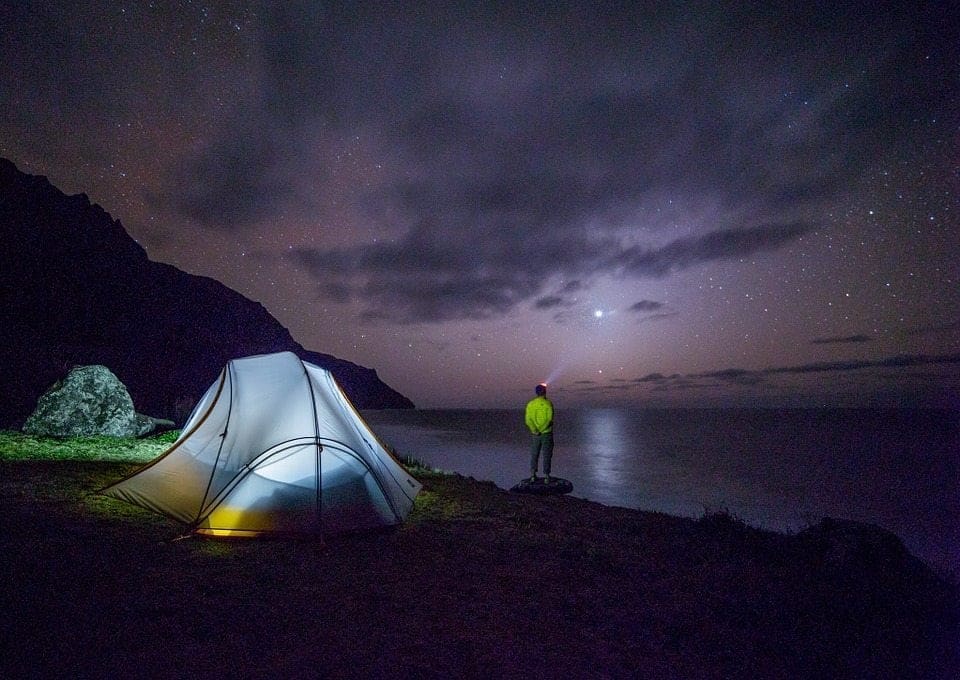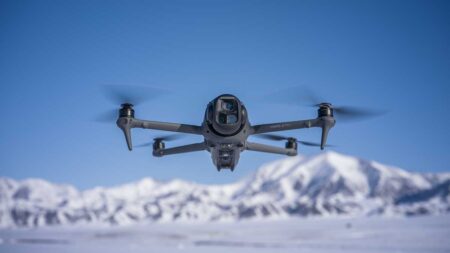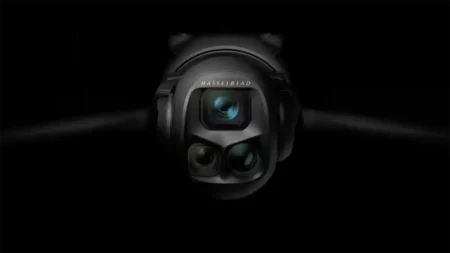Shooting at night presents all sorts of challenges, and unless you bring a tripod with you on every low-light shoot, photographers typically need to increase their camera’s ISO setting in order to get a shutter speed fast enough to shoot handheld. But which ISO setting should you use at night?
A good rule to follow when shooting anything is to set a default ISO value of 100. This ensures you the best possible image quality and keeps noise at bay, so if you can achieve a fast-enough shutter speed at this setting, this is the best ISO value to use.
Of course at night you won’t have enough light to shoot handheld at ISO 100, so using this value is only possible if you have a tripod. So if your tripod is at home, now is when you would want to increase your ISO setting.
Increasing the ISO will increase the sensitivity of your camera’s sensor. This means that you need less light to take a picture. In theory, you can set a different ISO value for every image you take.
This comes at a cost, though. When you increase the sensitivity of your sensor you are effectively amplifying the electrical signal generated by the sensor. When you do this it introduces noise to your images, and the higher you increase your ISO setting, the more noise you will notice.
So for the best possible image quality when shooting at night, keep the ISO as low as you can. If you can get a fast-enough shutter speed at ISO 400, use that. Dial in the lowest possible ISO setting that will give you a fast-enough shutter speed to avoid camera shake.
When to increase your ISO setting
Even though most modern cameras are very good now at keeping noise at bay, increasing your ISO setting should really be a last option if you have no other way to get a fast-enough shutter speed.
You should use your high ISO settings only when you want to avoid blur. A sharp but noisy images is usually better than a blurry image. So increase your ISO as far as you need to when you can’t use a tripod.
Another instance in which you might increase your ISO setting at night is as an alternative to using flash. Flashguns are wonderful, versatile tools, but at night they can kill the ambience. Many photographers will try to avoid using flash at night by increasing their ISO to a higher value.
What is camera noise?
We’ve talked a bit about how higher ISO settings introduce noise into your images, but you might be thinking to yourself: what is camera noise?
All digital cameras, from your DSLR to your phone, create a certain amount of noise in the images they capture. And when we talk about camera noise we mean the grain-like texture reminiscent of film grain. You might not notice it when your images are thumbnails, but when you gradually increase the picture size you’ll start to notice the noise appear.
Noise becomes more noticeable the further you increase your camera’s ISO setting, particularly in images with strong shadow areas where you’ll see the blacks become mottled with colour.
Luckily for us, most image sensors these days are very good at minimising noise. Sensor technology has improved greatly, and a number of custom settings in your camera’s menu system are dedicated to reducing noise at higher ISO settings.


